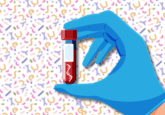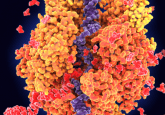Sperm RNA shows potential as a biomarker for future health

Results published in Systems Biology in Reproductive Medicine indicate that sperm RNA could be a promising determinant for a successful live birth and an indicator for the health of the child as they mature.
Researchers from Wayne State University School of Medicine (MI, USA) characterized sperm RNA elements corresponding to specific genes as a function of disease association to test the hypothesis. The team surveyed a total of 278,605 short exon-sized sequences (sperm RNA elements) associated with diseases. This functional association of short exon-sized sequences could indicate a future phenotype, providing improved understanding of the father’s contribution to the life course of the child as well as the current state of paternal health.
There is potential for mutated or modified short exon-sized sequences to be identified as markers, allowing researchers and physicians to be able to predict and prevent disease.
Stephen Krawetz, associate director of the C.S. Mott Center for Human Growth and Development (MI, USA) commented: “We explored the opportunity of using sperm RNA elements as a predictor of human health, with applications at the fertility clinic that would go hand-in-hand with the new neonatal intensive care unit genome sequencing to better health outcomes. This leaves the intriguing possibility that, while sperm RNAs delivered to the egg inform the success of live birth, they may also open a pathway to understanding the birth and potential health of each child.”




